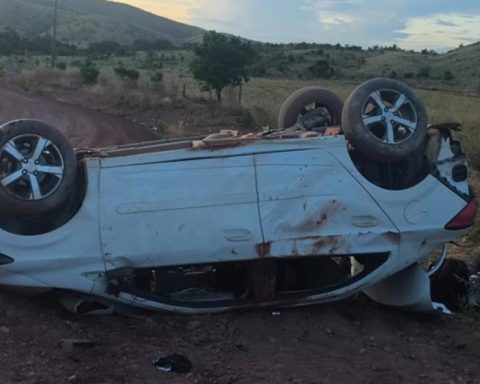“Céspedes is the cornerstone, the essential figure in this story; it is like that stone that is placed in the center of the arch and determines its strength. He is the beginning.”
Eusebio Leal (February 27, 1999, in San Lorenzo)
The political thought of Eusebio Leal 1 He had the natural amplitude of a cultured patriot, deeply knowledgeable about the history of his country, while following two recurrent norths: Carlos Manuel de Cespedes and Jose Marti. On both he elaborated splendid oratorical pieces and wrote very inspired texts. After being transcribed, many of those conferences became part of his books. The foreword he wrote for the lost diaryis, together with the doctoral thesis in Historical Sciences, his best work on the so-called “Father of the Nation”.
But it was in orality where his dominance over the great Bayames was best known. On various occasions, over more than thirty years, I had the privilege of talking with Eusebio Leal about Carlos Manuel de Céspedes. There were numerous talks in which we focused our attention on a subject that brought us very close. I verified, from the first moment, that Eusebio was very motivated by the condition or nature of Céspedes as a very Cuban Cuban, not only because of his unique and brilliant personality, but also because of the unique condition of being the first mambí, the first who broke the chains of Spanish domination.
In an essay that I published years ago, I pointed out the crossroads of cultural and political signs that nested in the person of the man of October 10: Freemason, devotee of the Virgen de la Caridad del Cobre, radical liberal, republican and abolitionist, really a symbolic beam of enormous significance, concentrated in our Initiator or, as José Martí said, in “the one who started us on our way”.
Leal had drawn up a very clear portrait of the Bayamo landowner and intellectual, of the dandy young man, chess player, dancer, theater actor, poet, fencer, horseman (in the Tartar way, as Céspedes himself said of his equestrian training), lover and seducer of women, that is, a very complete image of man, an image very well constructed on the basis of his intense readings and deep investigations about the figure of the Initiator. It seemed at times, when he referred to Céspedes, as if Leal was speaking of a being who was very close or directly known, let’s say a friend or contemporary, that was how he perceived the Bayames.
Leal was no less interested in the intimate characteristics of the personality, the character, the tribulations that Céspedes suffered after joining the battle for independence, the relatives he lost in the war (including two sons), the fratricidal struggles, the division, regionalism and signs of annexation and defeatism of some of the most prominent patriots incorporated into the contest. For him it was very clear, historically speaking, that Céspedes and the other leaders of the 1868 revolution, when they came under the spotlight of national history, were only responding to their personal wishes, to their consciences. However, where our talks were most interesting was when Leal approached Céspedes’ thought, then, with greater intensity, a highly structured image emerged in his mind about the Mason and revolutionary Céspedes, about his leadership skills and the sacrifices of all kinds that his convictions led him to do. Regarding this aspect, which, furthermore, was the one that I had prioritized in my inquiries twoturned many of our talks cespedians.
Leal was indebted to the opinions of Céspedes de Cintio Vitier, Jorge Ibarra Cuesta and Hortensia Pichardo, especially the latter, who, together with her late husband Fernando Portuondo del Prado, had investigated the life and work of the Bayames more than any other scholar in the historians guild. Eusebio knew how to recognize the origin of the sources of his judgments, he did not appropriate them and that was very important in a public figure like his.
Our mutual friend Monsignor Carlos Manuel de Céspedes García-Menocal, great-great-grandson of the patriot, participated in some of these conversations, who provided information of a family nature and sprinkled the meetings with his fine humor. Those talks with Eusebio for more than three decades were fundamental in my growth as a historian.
Leal’s investigative yearning for everything related to Céspedes was strong and sustained, it was a passion, a lucid passion. I remember the day that Leal brilliantly defended his doctorate in Historical Sciences. It happened in the conference room of the old house of Mr. Fernando Ortiz, on the corner of 27th and L in Vedado. That day she was full. It was something unusual. Eusebio, while talking about Céspedes (that was the subject of his doctoral thesis), was repeatedly interrupted with loud applause by the court and the public present, something never seen in an exercise of this nature. Of course, he did not look even once for the document containing the thesis, everything was in his head and in his mighty oratory. I hardly need say that he had the consent of the enthusiastic table, made up of eminent doctors. It was an act of pure formality.
His admiration for Céspedes was contagious. On February 27, 1999, we traveled together to San Lorenzo, to the inauguration of the monumental complex that had been erected on that mountainous site, to replace the original obelisk and for the 125th anniversary of its fall in combat against much superior forces of the colonial army. . There he offered another of his masterly speeches (later published as “Veneración en San Lorenzo”, in poetry and words, volume II, Ediciones Boloña, Havana, 2001) and then invited me to speak on the spot and I had to overcome, once again, the stage fright that always accompanied me and still accompanies me. That day we made a shared Cespedian eulogy 3. It was a trip in which the theme of the historical figure of Céspedes dominated the talks.
On April 18, 2019, Eusebio delivered an inspired dissertation on the bicentennial of Céspedes’ birth, in the Bayamo Plaza de Armas, at the foot of the hero’s birthplace, practically the only national tribute dedicated to the hero. founder, in addition to the one that Cuban historians also carried out in those days when they dedicated the national history congress in that eastern city to them. Leal’s oratory piece represented the great tribute of Cubans to the patriot on his bicentennial. His phrase, repeated over and over again, and which heads this text, “Céspedes is the cornerstone of Cuban history”, has the meaning of an entire essay or article, it is emblematic because it is truthful and synthetic, because it is transcendent.
What Eusebio did year after year, at the foot of the hero’s statue in the Plaza de Armas, is unparalleled, as it was a tribute from the people, academics, workers from the Office of the Historian and state leaders to the distinguished patriot. Every October 10, the statue of Céspedes woke up surrounded by bouquets of flowers presented by the country’s leaders and the National Anthem was publicly sung. Every October 10, Leal spoke about Carlos Manuel. In this way, he did much to keep the memory of Céspedes alive among Cubans.
Surely his collaborators, who followed him with such devotion in his crusade for the conservation and recovery of the heritage of the old part of the city and in all the vast social work he carried out at the head of the Historian’s Office, will keep this beautiful tradition alive. and patriotic.
For me, the evocation of these intense moments immerses me in very fond memories of the good friend and lover of a historical figure who, we both knew, still has a lot to do in the future scenarios of our Republic, of our history.
***
Grades:
1 Next September 11 marks one more anniversary of the birth of Eusebio Leal Spengler.
two Over the years, in 1998, I defended my doctoral thesis in Historical Sciences with a text on the independence, liberal and republican thought of Carlos Manuel de Céspedes. Eusebio was present that day in the defense and made a very praising intervention of the Thesis before the court.
two In poetry and wordvolume II, already quoted, the mention of my words appears.
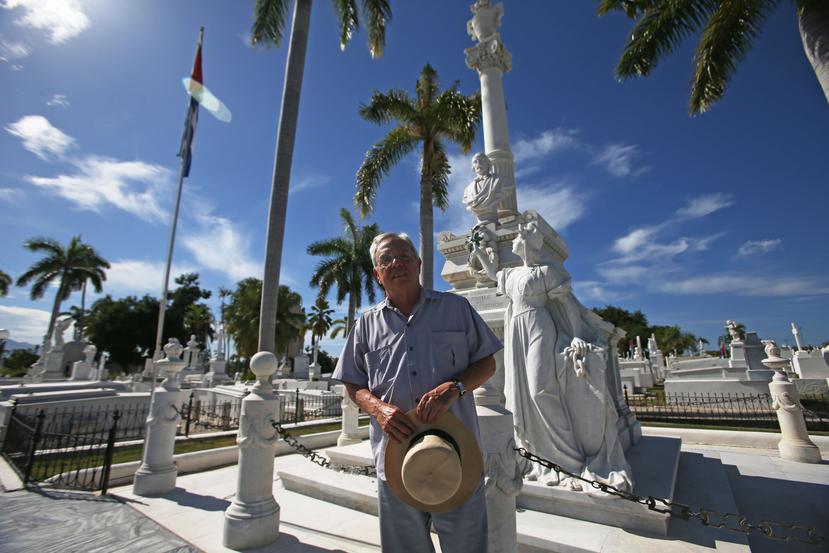
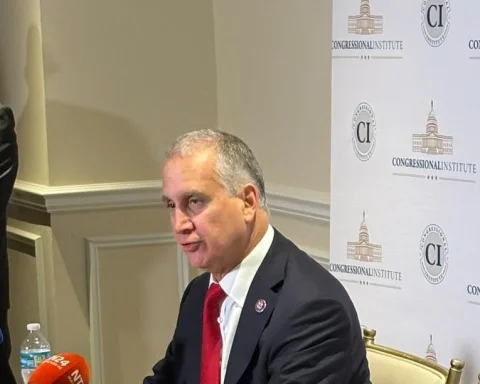

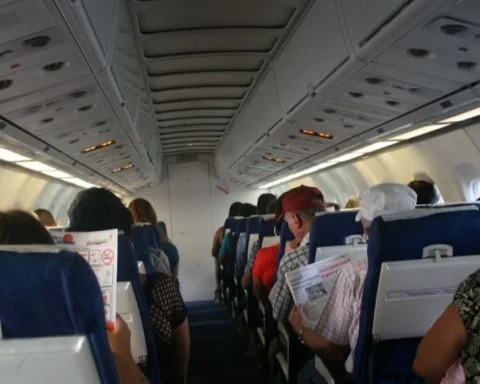

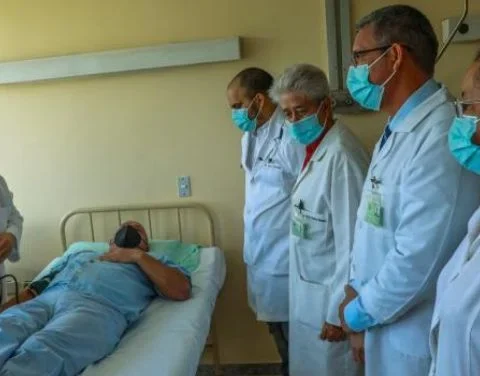
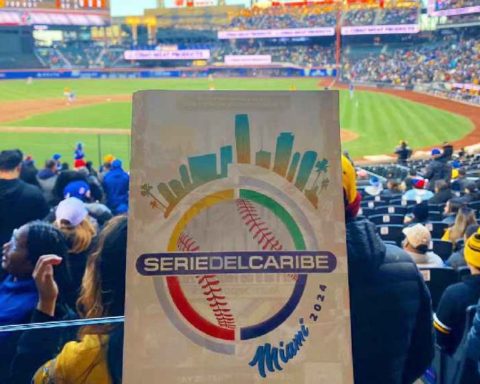

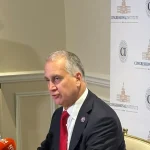


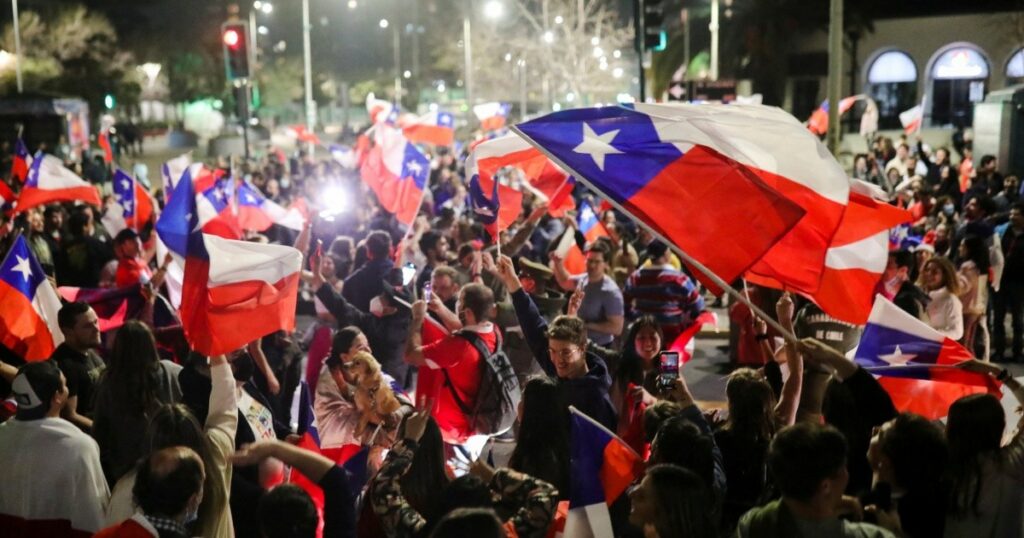
![[Video] Spectacular accident: Car took a motorcycle ahead and a strong fire was generated [Video] Spectacular accident: Car took a motorcycle ahead and a strong fire was generated](https://latin-american.news/wp-content/uploads/2022/09/Video-Spectacular-accident-Car-took-a-motorcycle-ahead-and-a.jpg)

